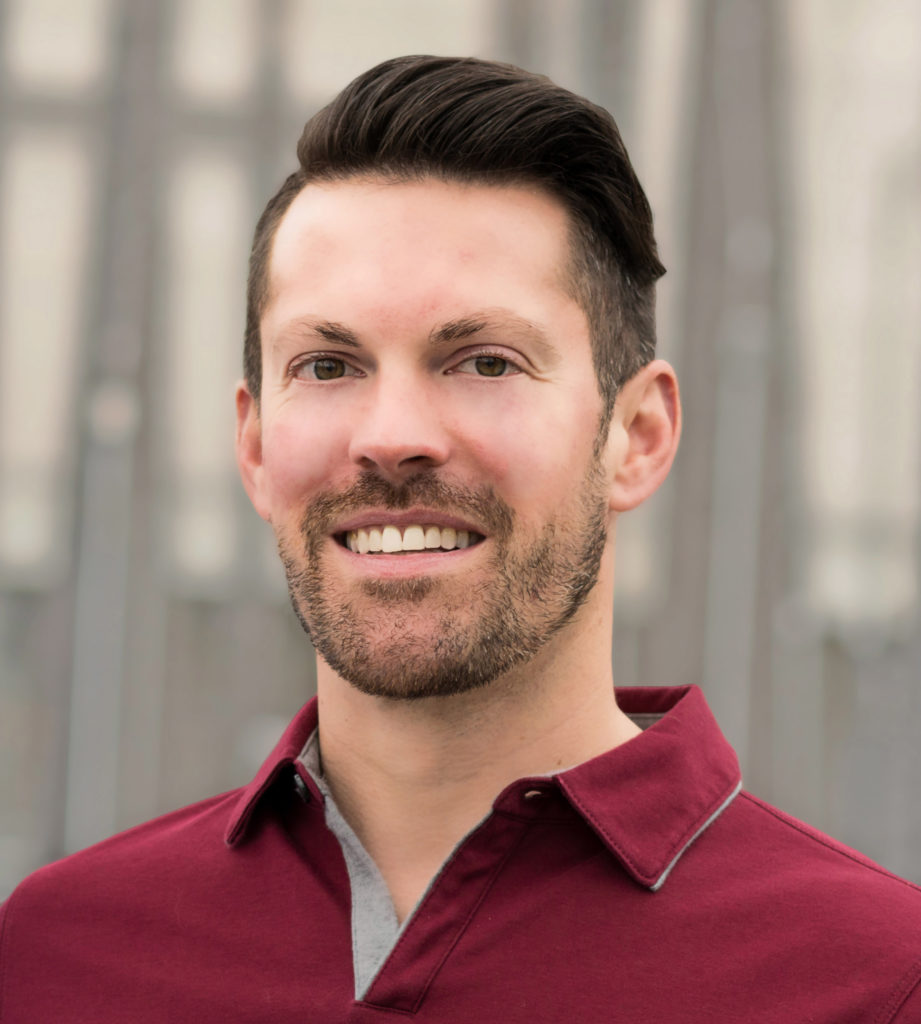By Jonathan Schuppert, AICP
Things are getting better; keep doing what you’re doing
 As we’ve all started to find our groove with a new normal, we’ve also seen positive results from our collective response to flatten the curve. Traffic is down; air quality has dramatically improved. Our ability to work, learn, and connect with friends and family has been tested, and we’ve learned to collaborate remotely across various platforms.
As we’ve all started to find our groove with a new normal, we’ve also seen positive results from our collective response to flatten the curve. Traffic is down; air quality has dramatically improved. Our ability to work, learn, and connect with friends and family has been tested, and we’ve learned to collaborate remotely across various platforms.
And recently, we’ve seen the curve start to bend. This is great news, and proof that our actions (and sacrifices) are paying off. But don’t start celebrating quite yet. New COVID-19 cases are still being reported, we don’t have a vaccine, and many people are without work or have had their pay reduced, with no immediate signs of improvement.
While the shelter-in-place and related restrictions seemed like a switch had been flipped, lifting these restrictions will be more like adjusting a dimmer switch. And even though some restrictions will be lifted, depending on indicators that Governor Newsom recently announced, life won’t resume to pre-COVID-19 standards for some time.
We’ll have guidance from the State, but implementation will largely be at the local level. This emphasizes the need for local leaders in government, public health and safety, planning, and other fields to plan and collaborate on measured steps to get through this pandemic. We planners should continue to lead by example, learn from others, and adapt as needed.
When will this be over, and what will the future look like?
We might not know the answers yet, but neither did our predecessors as they grappled with the sustainability of various city designs, emerging technologies, and philosophies. We know that the next phase (“safe mode,” I like to call it) will not look like the recent past, nor will it look exactly like it does today. Our physical spaces will change, our social norms will be modified, and our thoughtful and coordinated planning efforts will be even more critical.
Workplaces, schools, parks, public transportation, restaurants — nearly every place where we interact — might see reduced capacities for people, reduced intensities. We might still be wearing masks in public spaces and be subject to temperature checks before entering enclosed spaces.
Implementing change won’t be easy, just as it wasn’t easy to transition to remote operations and to outfit employees and students with the technology and resources they needed to continue working and learning.
“Furlough Friday” was instituted during the Great Recession to help reduce financial burdens, yet still maintain operations. It became common afterward for many offices to close (or be closed to the public) on all or alternate Fridays. Will our current way of life have similar fallout? Will planning counters continue to have a virtual component? Will there be continued or greater flexibility for people to work from home? Will commuters return to public transit?
And what might your life look like? What can you do to help plan, lead, and implement the coming changes? What professional skills and life lessons can you apply?
I urge all of us to think inwardly, but to work collaboratively as we plan for and experience the coming social reintegration. Be flexible, be there for each other, and be creative. And please continue to wash your hands, practice physical distancing, and wear a smile behind your fashionable mask.

